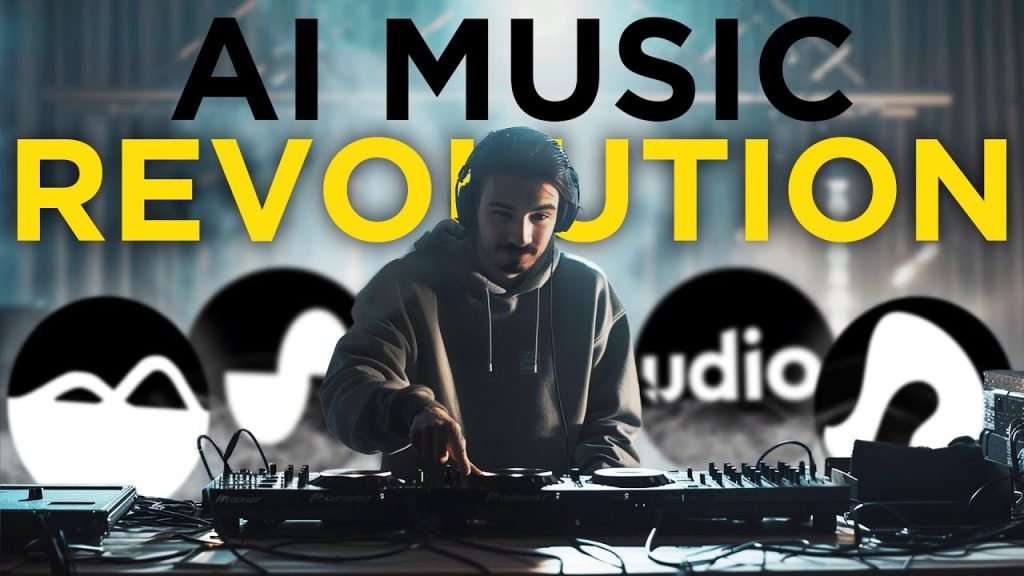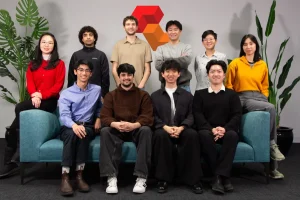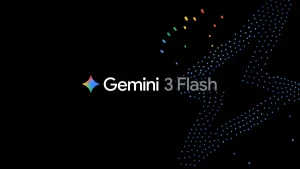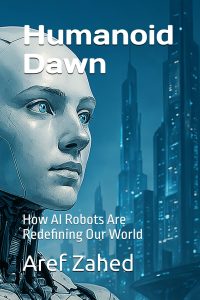The AI Music Renaissance: Exploring Revolutionary Tools

AI music is going through a Renaissance right now. Many new tools and techniques have made things possible that weren’t even a few months ago. Udio recently released, creating a significant buzz online due to its impressive capabilities.
Let’s dive into how these revolutionary AI audio tools emerged and why they are causing such a stir. The advancements in AI-generated voices are remarkable, with some outperforming human performances, although limitations do exist. It’s an exciting time, especially for those passionate about AI since GPT-4’s release. Now, these tools are available, and we are exploring the fascinating AI music landscape.
AI Music: A Game Changer
AI music is going through a Renaissance, likened to **ChatGPT’s transformative moment**. Many new tools and techniques have emerged, making possible what wasn’t just months ago. Udio recently released, creating a significant buzz online. The advancements in AI-generated voices are so impressive that some are better than human performances, though limitations still exist.
Let’s explore how these revolutionary AI audio tools have emerged and why they are causing such a stir. This development is exciting, especially for those who’ve been passionate about AI since GPT-4’s release. Now, these tools are available, and we can delve into the fascinating AI music landscape.
Udio’s Impressive Features
What prompted the video was Udio’s release, a direct competitor to Sunno. Udio creates songs from nothing for users with no musical background. It offers a more advanced version than Sunno, including stereo audio and multiple vocals. The quality surpasses what was previously available, making it indistinguishable from non-AI generated music.
Creating Music with Udio
To create a song using Udio, one simply inputs a prompt, like “a song about a cat with a hat,” chooses a genre, and the tool does the rest. Users can further customize lyrics with tools like ChatGPT. Despite occasional server overloads, Udio remains user-friendly and efficient once it’s up and running.
After generating the song, users can remix and customize the track. This flexibility is something Sunno has lacked, making Udio stand out. Once satisfied, users can share and download their creations directly from the platform, currently in its beta stage and free to use.
Example Tracks and Quality Analysis
Listening to Udio-generated tracks reveals remarkable clarity, especially with instruments like guitars and banjos. Many agree these are the best AI-generated instruments to date. The voice generation also stands out, rivaling competitors like Ino and Sunno.
One limitation is that Udio’s tracks are initially only 30 seconds long. However, users can extend tracks up to 4 minutes using the “extend” button. This feature allows users to create comprehensive songs despite the initial length restriction.
Beyond Udio, there are other AI tools to explore. Stable Audio V2, Audio Shake, and Sunno each have unique strengths. Sunno, for example, creates full songs with visuals and is user-friendly for those with no musical background—making it a fun tool for playful, creative exploration.
Exploring Other AI Music Tools
Stable Audio V2 offers secure tracks with no copyright concerns since it trains on licensed music. It excels at generating background music but doesn’t do vocals. However, users can upload tracks and transform them into new creations, a feature unavailable in some other tools.
Audio Shake stands out as a top-tier stem separator, capable of splitting tracks into individual elements like drums or vocals. While expensive, it’s praised by industry professionals for its superiority in separating stems and generating new music from them.
Sunno and its Unique Appeal
Sunno is a favorite for many, cited in casual conversations for its fun and engaging nature. It allows users to create music by providing short descriptions, making it easy for anyone to get involved. The quality has significantly improved with its third version, making it even more exciting.
Unlike some tools, Sunno allows for quick and easy song creation but shines more in certain genres. Classical music, ambient, and lo-fi hip-hop seem to yield the best results. The AI voice generator, though not perfect, continues to improve, enhancing the overall music creation experience.
Sunno also offers learning opportunities by showing what works best through user-generated tracks. The community has created impressive music, demonstrating how different genres and styles can be effectively generated using AI.
Community Creations and Challenges
Community engagement has led to creative challenges, showcasing the potential of AI music tools. Tracks vary in quality and style, from classical anthems to humorous rap battles. These experiments highlight how different tools handle various musical genres and lyrical complexities.
One standout example is the AI Advantage Anthem, a classical piece with orchestral music and a female soloist, created using Sunno. The genre’s public domain status makes it easier for the AI to generate high-quality music. Another notable track is True Heart’s Tribal Rhythm, an ambient lo-fi hip-hop piece praised for its beat and vocals.
Fun and Innovation
Creating AI music isn’t just about serious compositions; it’s also about having fun. A humorous example is the satirical Russian rap battle created by a community member, showing the playful side of using these AI tools. The simplicity of repeating phrases in different styles makes it both amusing and creative.
In conclusion, the world of AI music tools is rapidly evolving and showing significant promise. With innovations like Udio and Sunno, creating music is now accessible to everyone, regardless of their musical background.
These tools aren’t just revolutionary—they’re fun and engaging, providing ample opportunities for creative expression. As technology continues to advance, the line between human and AI-generated music blurs, opening up exciting possibilities in the music industry.
Exploring different tools and experimenting with various genres can yield surprising and impressive results, demonstrating the incredible potential of AI music creation. The future of music production is undoubtedly intertwined with these technologies, making it an exciting field to watch.





